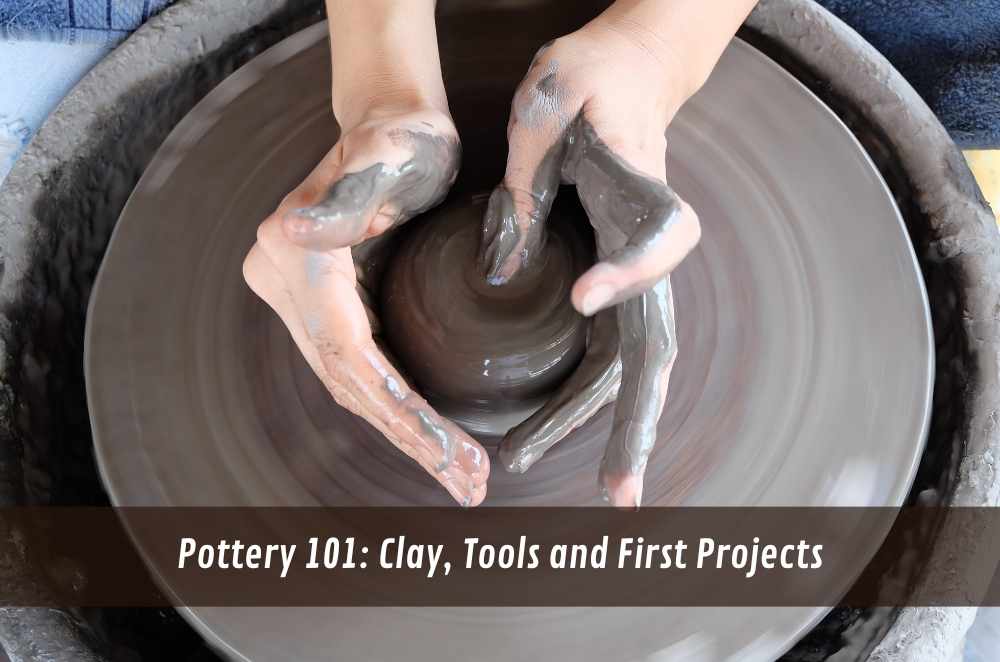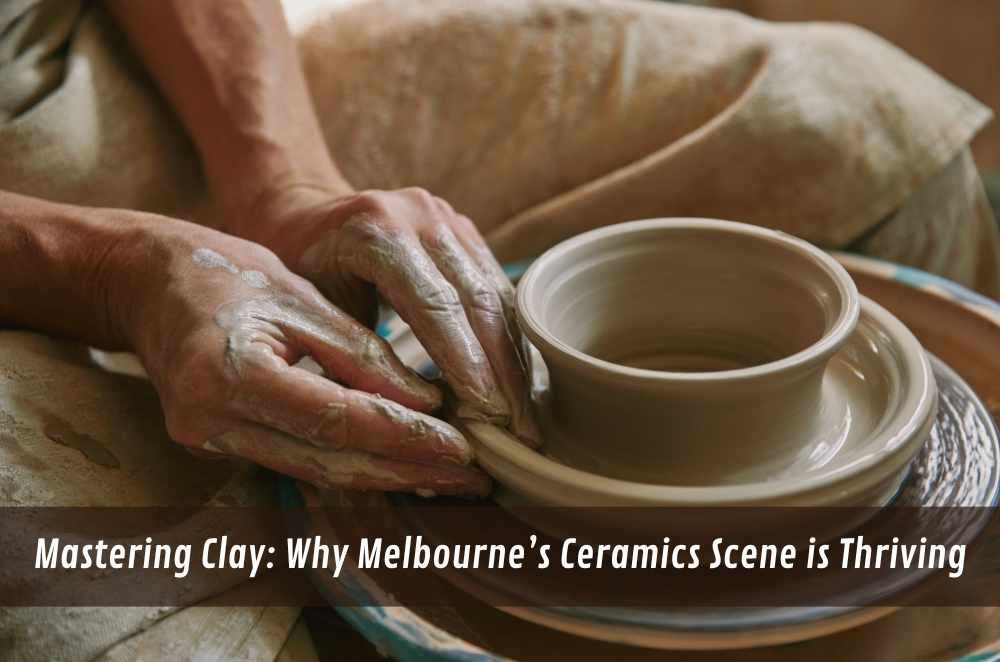
Do you have a hankering to create something with your two bare hands? In an age when digital interfaces are taking over our lives, moulding raw materials into something valuable and beautiful has a primal appeal. You may have looked through images of refined ceramic pieces, feeling a flicker of envy at the maker’s facility. The good news is that you don’t need years of pottery wheel training to get this type of creative high. Hand-building pottery is an affordable and beneficial way to access the ceramic arts. Exploring beginner pottery workshops is a significant first step toward unlocking a world of creative possibilities with clay. They offer guidance and space to learn the basic techniques and to start your process of making this humble clay into something unique. From the first squish of the clay in your hands to the last reveal of a fired piece, the process is both meditative and empowering. So, what do you make by hand from a lump of clay? The answer is strangely diverse; you can dream up whatever you want.
How can painting pottery provide relaxation?
After enjoying the tactile stress relief of moulding clay, painting pottery provides another opportunity to unwind and be creative. Despite the rapid cadence of our daily lives, finding opportunities to pause and focus feels like a guilty pleasure. The mindful activity can be surprisingly therapeutic, as it is a chance to apply colour and patterns to a ceramic surface. Your attention is focused on the task at hand, and the worries and stresses of the day fall into the background as you carefully brush on glazes or underglazes. Concentrating on the task at hand, engaging in repetitive motions, and playing with colour and design can become a meditative practice, bringing about feelings of calm while eliminating some of that mental clutter. There’s also a concrete incentive in watching your artistic vision be realised on a piece you’ve made yourself. If you enjoy the creative side more than the sculpting, you might love the calming experience of painting pottery, where each brushstroke can help melt away stress.
Table 1: Pottery Painting and Relaxation

A table outlining how painting pottery provides relaxation, focusing on mindful colour focus, repetitive brushstrokes, tangible creative outcome, personal connection to the piece, and unique self-expression, with brief descriptions.
Some popular things to make with hand-built pottery
The versatility of hand-building pottery means you can create a wide array of functional and decorative items. From pieces for your home to unique gifts, the possibilities are extensive. Some popular projects for beginners and experienced potters alike include:
•Mugs and cups: Hand-built mugs have a unique, artisanal feel for your morning coffee or tea.
•Bowls and plates: These can be beautiful and practical, from small trinket dishes to larger serving bowls.
•Vases: Showcase your favourite blooms in a hand-crafted vase, adding a personal touch to your décor.
•Planters: Create unique homes for your indoor plants, adding character to your green spaces.
•Sculptural pieces: Explore your artistic side by creating purely decorative sculptures and figurines.
•Jewellery dishes and trays: Organise your precious items in a stylish, hand-built dish.
•Coasters: Protect your furniture with unique and personalised ceramic coasters.
The beauty of hand-building lies in its organic nature, which allows for slight imperfections that add to each piece's charm and individuality.
What hand-building techniques offer stress relief naturally?
The beauty of hand-building pottery extends beyond the final product; working with clay can be incredibly therapeutic, offering several techniques for stress relief naturally. Clay has a hands-on, tactile quality that is quite grounding. Yes, squishing, rolling and shaping that marvellous, malleable stuff can be quite a sensory experience that brings you into this moment; going so far is to distract you from worries and concerns. Pinching, an essential hand-building technique that involves shaping the clay between your fingers, is a slow action that requires intent, focus and mindfulness. Coiling, in which you roll ropes of clay and attach them to form shapes, similarly encourages a rhythmic, repetitive movement, which can be profoundly soothing. Slab building involves constructing forms by connecting pieces of flat sheets of clay, requiring planning and precise manipulation, demanding concentration and giving welcome relief from racing thoughts. The hand-building process is inherently slower, where you need to pay full attention to what you are doing, and you are working with a form of the earth that has its material qualities and texture, making the experience naturally at ease and relieving stress.
Is hand-building pottery suitable for beginners?
Hand-building pottery is frequently recommended as a significant first step for new ceramicists. Unlike wheel throwing, which takes a bit of coordination and practice to overcome the spinning rhythm, hand-building employs more natural techniques that are easier for novices to use. Pinching, coiling, and slab building are basic construction methods that can be mastered relatively quickly, giving beginners the satisfaction of making something from clay without overwhelming them. You can often find classes aimed at you, the complete beginner, including step-by-step instruction and supplies. Introductory hand-building sessions are usually about exploring, even encouraging students to get comfortable with the clay and see its capabilities. The hand-building process moves more slowly than wheel-throwing, providing more control and the chance to fix errors as they happen, making it a less intimidating introduction to ceramics. It is a fantastic way to get your creative juices flowing and learn a new craft in a fun and friendly space.
Conclusion
From blob to beautiful, the world of hand-building pottery provides an engaging journey between mere lumps and one-of-a-kind, personally meaningful creations. Whether you’re looking for a creative outlet or relaxation method, or just love making things with your hands, pinching, coiling, and slab building offer accessible routes to brushing with art. The copious opportunities are wide-ranging and gratifying, from functional homewares to decorative sculptures. If you’re anywhere near Melbourne, and even if you aren’t, investigating local pottery classes could introduce you to this ancient craft's therapeutic, creative potential.







Write a comment ...